Celosia argentea
Celosia argentea
1. The products in our compound library are selected from thousands of unique natural products; 2. It has the characteristics of diverse structure, diverse sources and wide coverage of activities; 3. Provide information on the activity of products from major journals, patents and research reports around the world, providing theoretical direction and research basis for further research and screening; 4. Free combination according to the type, source, target and disease of natural product; 5. The compound powder is placed in a covered tube and then discharged into a 10 x 10 cryostat; 6. Transport in ice pack or dry ice pack. Please store it at -20 °C as soon as possible after receiving the product, and use it as soon as possible after opening.
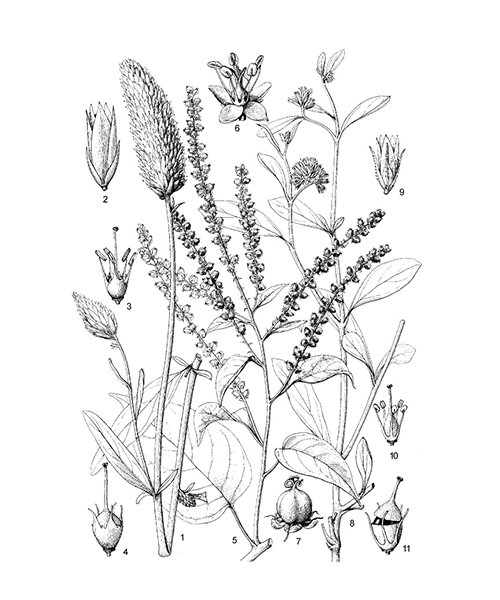
Natural products/compounds from Celosia argentea
- Cat.No. Product Name CAS Number COA
-
BCN5531
Daucosterol474-58-8
Instructions
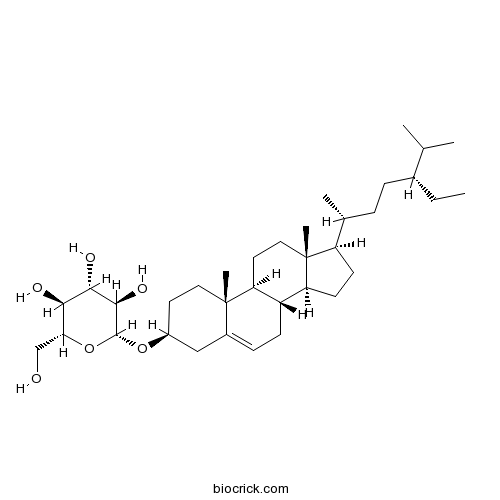
-
BCN5569
Isoquercitrin482-35-9
Instructions
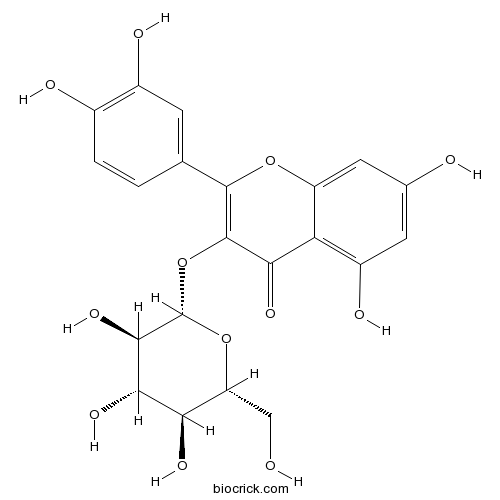
-
BCN1247
Isorhamnetin-3-O-beta-D-Glucoside5041-82-7
Instructions

-
BCN5616
Oleanolic acid508-02-1
Instructions

-
BCN1206
Palmitic acid57-10-3
Instructions

-
BCN1015
Beta-Sitosterol83-46-5
Instructions
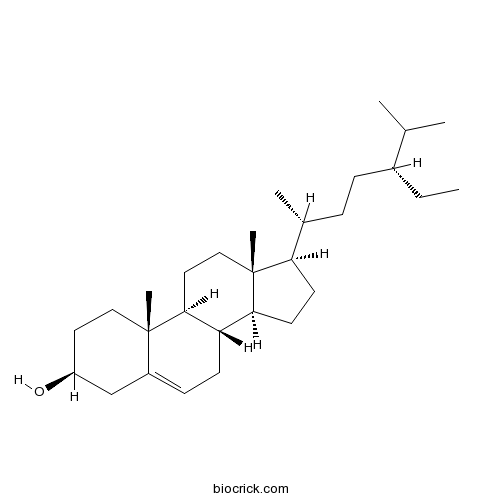
-
BCN4376
Stigmasterol83-48-7
Instructions
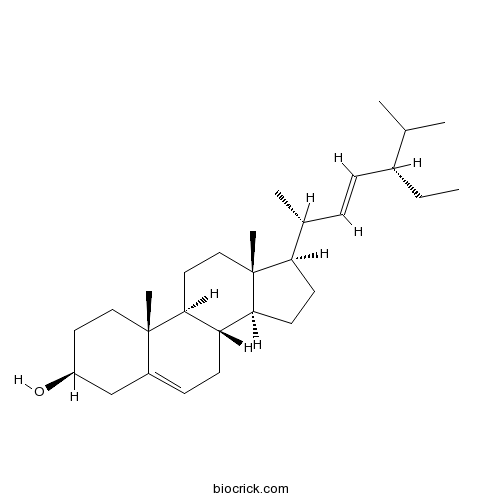
A pair of cyclopeptide epimers from the seeds of Celosia argentea.[Pubmed: 29425591]
Two cyclopeptides, celogentin L (1) and its epimer lyciumin A (2) were firstly isolated from Celosia argentea L.. The planar structures of the two compounds were fully determined by spectroscopic data, including 1D-, 2D-NMR, and HR-ESI/MS. The absolute configurations of amino acid components were assigned via chiral-phase HPLC analyses after acid hydrolysis. Furthermore, the configuration of C-N linkage at the glycine Cα was elucidated by extensive analyses of 2D-NMR and comparison of the experimental and calculated electronic circular dichroism (ECD) spectra. Cytotoxicity of the two compounds against human alveolar epithelial A549, hepatocellular carcinoma HepG2, and cervical cancer Hela cell lines was assayed. Although both of them were inactive in these cells, the present findings add new facets for the chemistry of Celosia argentea.
[Oligopeptides in plant medicines cited in Chinese Pharmacopoeia].[Pubmed: 28920330]
In total, 23 plant plant medicined containing oligopeptides were cited in Chinese Pharmacopoeia (1 part) of 2015 version including Rubia cordifolia, Linum usitatissimum, Aster tataricus, Psammosilene tunicoides, Pseudostellaria heterophylla, Stellaria dichotoma, Vaccaria segetalis, Dianthus superbus, Celosia argentea, Lycii Cortex, Citrus medica, C. aurantium, Panax ginseng, Parmx notoginseng, Schisandra chinensis, Sparganium stoloniferum, Euryale ferox, Ophiopogon japonicas, Pinellia ternate, Achyranthes bidentata, Physalis alkekengi, Polygonatum odoratum, and Leonuri Fructus. There were 187 oligopeptides in plant medicines above as reported. Oligopeptides consisted mainly of linear peptides and cyclic peptides. The linear peptides included dipeptides, tripeptides and pentapeptides, and cyclic peptides included cyclic, bicyclic and tricyclic peptides. The number of residues of single cyclic peptides ranged from two to twelve. Bicyclic peptides were isolated mainly from R. cordifolia and C. argentea. Modern pharmacological study showed that oligopeptides had many pharmacological effects, including antitumor, anticoagulant, antibacterial, immune suppression and so on.
Decapitation improves the efficiency of Cd phytoextraction by Celosia argentea Linn.[Pubmed: 28458213]
None
Characterization of Anticancer Principles of Celosia argentea (Amaranthaceae).[Pubmed: 27034599]
An Indian origin, Celosia argentea is a weed growing during rainy season traditionally claimed for treating several ailments. Early researches on C. argentea were focused on the anti-cancer screening of seeds, with few reports on aerial parts.


